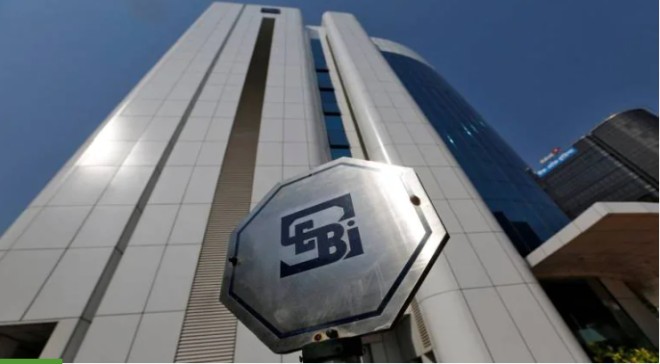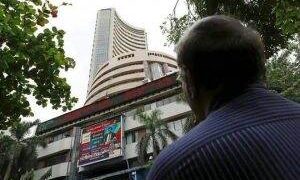Capital markets regulator Sebi on Friday extended the deadline to May 1 for implementation of swing pricing mechanism, for mutual fund schemes, aimed at discouraging large investors from sudden redemptions.
Capital markets regulator Sebi on Friday extended the deadline to May 1 for implementation of swing pricing mechanism, for mutual fund schemes, aimed at discouraging large investors from sudden redemptions.
The new framework, aimed at ensuring fairness in treatment of entering, exiting and existing investors in mutual fund schemes, particularly during market dislocation, was to be applicable from March 1.
Based on the request received from Amfi, it has been decided to extend the implementation date of the provisions of swing pricing mechanism to May 1, 2022, Sebi said in a circular.
The regulator, in September last year, introduced swing pricing mechanism for open-ended debt mutual fund schemes in a bid to discourage large investors from sudden redemptions.
To begin with, the swing pricing framework will be made applicable only for scenarios related to net outflows from the schemes.
The mechanism will be a hybrid framework with a partial swing during normal times and a mandatory full swing during market dislocation times for high risk open-ended debt scheme.
Generally, swing pricing refers to a process for adjusting a fund’s net asset value to effectively pass on transaction costs stemming from net capital activity to the investors concerned.
Read more:A buying opportunity in Indian stock market amid Ukraine-Russia crisis?
In a liquidity-challenged environment, quoted bid/ask spreads and overall trading cost can widen and may not be representative of the executed prices that can be achieved in the market.
During normal times, Sebi said that industry body Association of Mutual Funds in India (Amfi) will prescribe broad parameters for determination of thresholds for triggering swing pricing which will be followed by asset management companies (AMCs).
The industry body will prescribe an indicative range of swing threshold to the industry for normal times. For normal times, Sebi said AMCs will decide on the applicability of swing pricing and the quantum of swing factor depending on scheme specific issues. These needs to be disclosed in the Scheme Information Document (SID).
For the purpose of determining market dislocation, the regulator said Amfi will develop a set of guidelines for recommending the same to Sebi.
The regulator will determine ‘market dislocation’ either based on Amfi’s recommendation or suo moto.
Once market dislocation is declared, it will be notified by Sebi that swing pricing will be applicable for a specified period.
Subsequent to the announcement of market dislocation, the swing pricing framework will be mandated only for high risk open- ended debt schemes as they carry high risk securities compared to other schemes.
Sebi said all the open-ended debt schemes (except overnight funds, Gilt funds and Gilt with 10-year maturity funds) will have to incorporate the provision pertaining to mandatory swing factor in their offer documents within three months.
When swing pricing framework is triggered and swing factor is made applicable (for normal time or market dislocation, as the case may be), both the incoming and outgoing investors will get net asset value (NAV) adjusted for swing factor, Sebi said.
All AMCs will have to make clear disclosures along with illustrations in the SIDs including information on how the swing pricing framework works, under which circumstances it is triggered and the effect on the NAV for incoming and outgoing investors.
Swing pricing will be made applicable to all unitholders at PAN level with an exemption for redemptions up to Rs 2 lakh for each mutual fund scheme for both normal times and market dislocation. AMCs will have to put in place policies and procedures pertaining to swing pricing which are approved by their board and trustees. The scheme performance shall be computed based on unswung NAV.
Sebi said that disclosures pertaining to NAV adjusted for swing factor along with the performance impact need to be made by the AMCs in a prescribed format in their SIDs and in scheme wise annual reports and abridged summary.
The same may be disclosed on their website prominently only if swing pricing framework has been made applicable for the said mutual fund scheme.





































